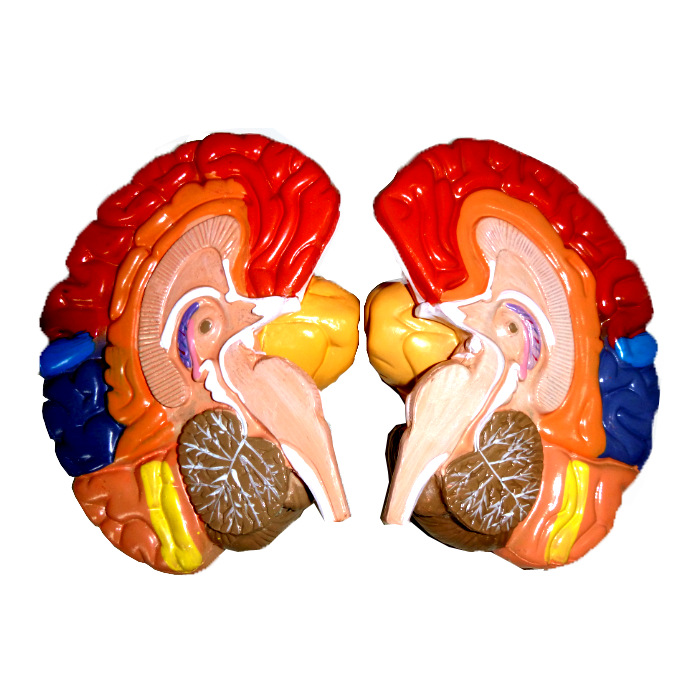

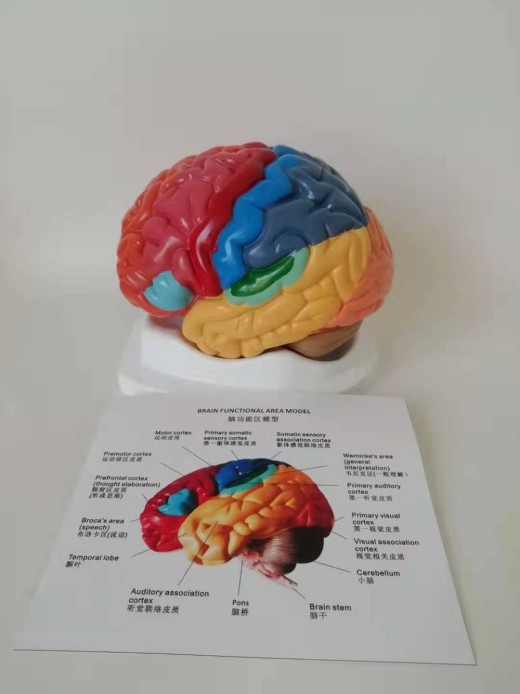
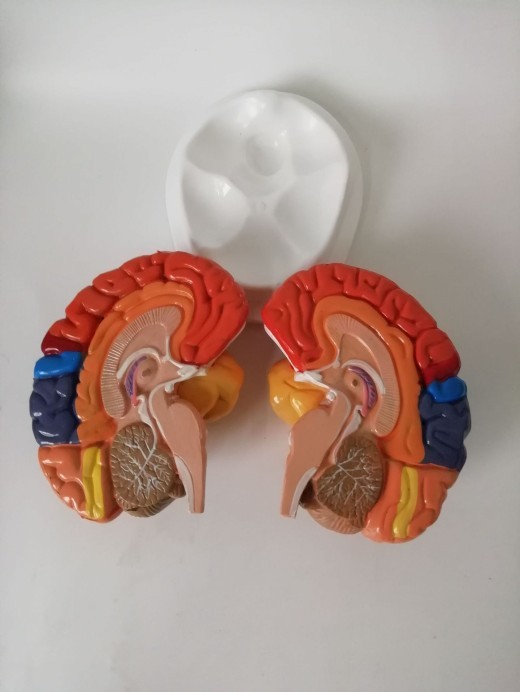
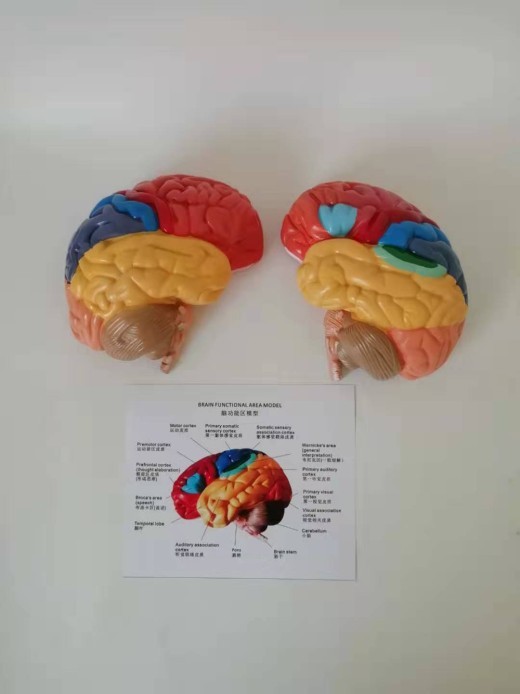
Human Brain Anatomical Model Cerebral Artery Model
Introduction to the Human Brain Anatomical Model Cerebral Artery Model
The Human Brain Anatomical Model Cerebral Artery Model is an advanced educational tool designed for detailed study of the brain’s anatomy and blood supply. Featuring realistic detailing of brain structures and the cerebral arteries, this model is perfect for medical students, healthcare professionals, and educators looking to explore brain anatomy and the circulatory system. Ideal for classrooms, clinics, and training environments in New Zealand, the model allows users to gain a deeper understanding of how blood flows through the brain and the role of each structure. This model offers a hands-on approach to studying brain anatomy, helping users appreciate the complexity of one of the body’s most essential organs.
H2: Key Features of the Human Brain Anatomical Model Cerebral Artery Model
1. Realistic Depiction of Brain Structures and Arteries
This model offers an accurate representation of the major regions of the brain, including the cerebrum, cerebellum, and brainstem, along with a detailed view of the cerebral arteries. Each part is designed to reflect the real anatomy of the brain, providing students and professionals with a realistic, three-dimensional view of this complex organ. The detailed arteries show the pathways through which blood circulates, enhancing understanding of the brain’s vascular system.
2. High-Quality, Durable Materials
Constructed from high-grade, non-toxic materials, this model is built to withstand regular use in both educational and clinical settings. Its durable construction ensures that it remains intact even after extensive handling, making it suitable for anatomy classrooms, neurology departments, and healthcare training programs. The long-lasting quality makes it a reliable resource for ongoing study and demonstration.
3. Color-Coded and Labeled Sections for Easy Identification
The model features color-coded regions of the brain and arteries, allowing users to easily differentiate between areas such as the frontal, parietal, temporal, and occipital lobes. The color-coding also helps identify key arteries, such as the anterior cerebral artery, middle cerebral artery, and posterior cerebral artery. Labels are provided to make it easier to identify each part, which is particularly useful for beginners and visual learners, enhancing retention and comprehension.
4. Removable Parts for In-Depth Study
Many Human Brain Anatomical Models include removable sections that allow users to study individual structures more closely. The ability to disassemble and examine various parts of the brain helps users understand how different regions are connected and how they function together. This feature is especially valuable in advanced anatomy courses, where a hands-on approach to learning brain anatomy enhances understanding of neural pathways and vascular connections.
5. Compact and Display-Friendly Design
This brain model is designed to be compact and display-ready, making it easy to place on desks, shelves, or demonstration areas without taking up excessive space. It includes a stable base that keeps the model secure during study sessions or demonstrations, ensuring it can be easily moved between classrooms or consultation rooms. This portability and stability make it suitable for a variety of teaching and clinical settings.
6. Perfect for Clinical Training and Patient Education
Beyond educational use, this model is an excellent tool for patient education in neurology and healthcare settings. Healthcare providers can use the model to explain brain function, blood circulation, and conditions like stroke or aneurysms, providing a visual aid that enhances patient understanding. This helps bridge the gap between complex medical concepts and patient comprehension, making it a valuable asset for healthcare providers in New Zealand.
H2: Why Choose the Human Brain Anatomical Model Cerebral Artery Model?
1. Essential for Medical and Health Education
This brain model is essential for teaching students and trainees about brain anatomy and blood supply. For students in medical and health-related fields, it provides a realistic representation that connects theoretical knowledge with practical understanding. The model helps users appreciate the brain's complexity, making it an indispensable tool for anatomy and neurology education.
2. Ideal for Neurology and Neurosurgery Training
In neurology and neurosurgery training programs, this model is invaluable for understanding the brain’s anatomy and the pathways of cerebral arteries. Trainers can use it to illustrate topics such as stroke mechanisms, cerebral aneurysms, and the impact of arterial blockages. For New Zealand’s healthcare training programs, this model offers a comprehensive and interactive way to study brain circulation and anatomy in detail.
3. Supports Visual and Kinesthetic Learning
The Human Brain Anatomical Model caters to visual and kinesthetic learners, making it versatile for various learning styles. The color-coded regions support visual learning by highlighting brain sections and arteries, while the removable parts allow kinesthetic learners to engage directly with the model. This hands-on approach helps users retain information and enhances comprehension of complex neural structures.
4. Useful for Exam Preparation and Advanced Study
For students preparing for exams or practical assessments, this model serves as a valuable study aid. Its realistic design and labeled parts make it easy to review key brain structures and blood vessels, reinforcing anatomical knowledge. Medical students, neurology trainees, and neurosurgery residents can use this model to prepare for assessments, gaining confidence in identifying and explaining brain structures and vascular systems.
5. Educational Display for Clinics and Classrooms
Beyond its educational value, the Human Brain Anatomical Model is an excellent display piece for clinics, classrooms, and neurology labs. In clinical settings, it can be used to explain conditions like stroke, brain tumors, or aneurysms to patients, enhancing patient understanding. In classrooms, it provides a tangible reference for exploring brain anatomy, creating an engaging learning environment for students in New Zealand.
H2: Maintenance and Care Tips for Your Human Brain Anatomical Model
To keep your Human Brain Anatomical Model in excellent condition, follow these care tips:
-
Dust Regularly: Use a soft, dry cloth or small brush to dust the model, particularly around detailed areas. Regular
cleaning preserves the model’s appearance and prevents dirt buildup.
-
Avoid Direct Sunlight: Display the model away from direct sunlight to prevent fading of colors over time. Indoor display
helps maintain its vibrant appearance for years.
-
Handle with Care: Although durable, certain removable parts may be delicate. Handle each piece carefully, particularly when
disassembling or reassembling the model.
- Store Properly When Not in Use: If the model is not on display, store it in a safe, dust-free area or in its original packaging. Proper storage protects it from potential damage and extends its lifespan for long-term educational use.
Product information:
Name: Brain Color Classification Model
Size: 16×13×14CM
Material: PVC
Craft: hand painted
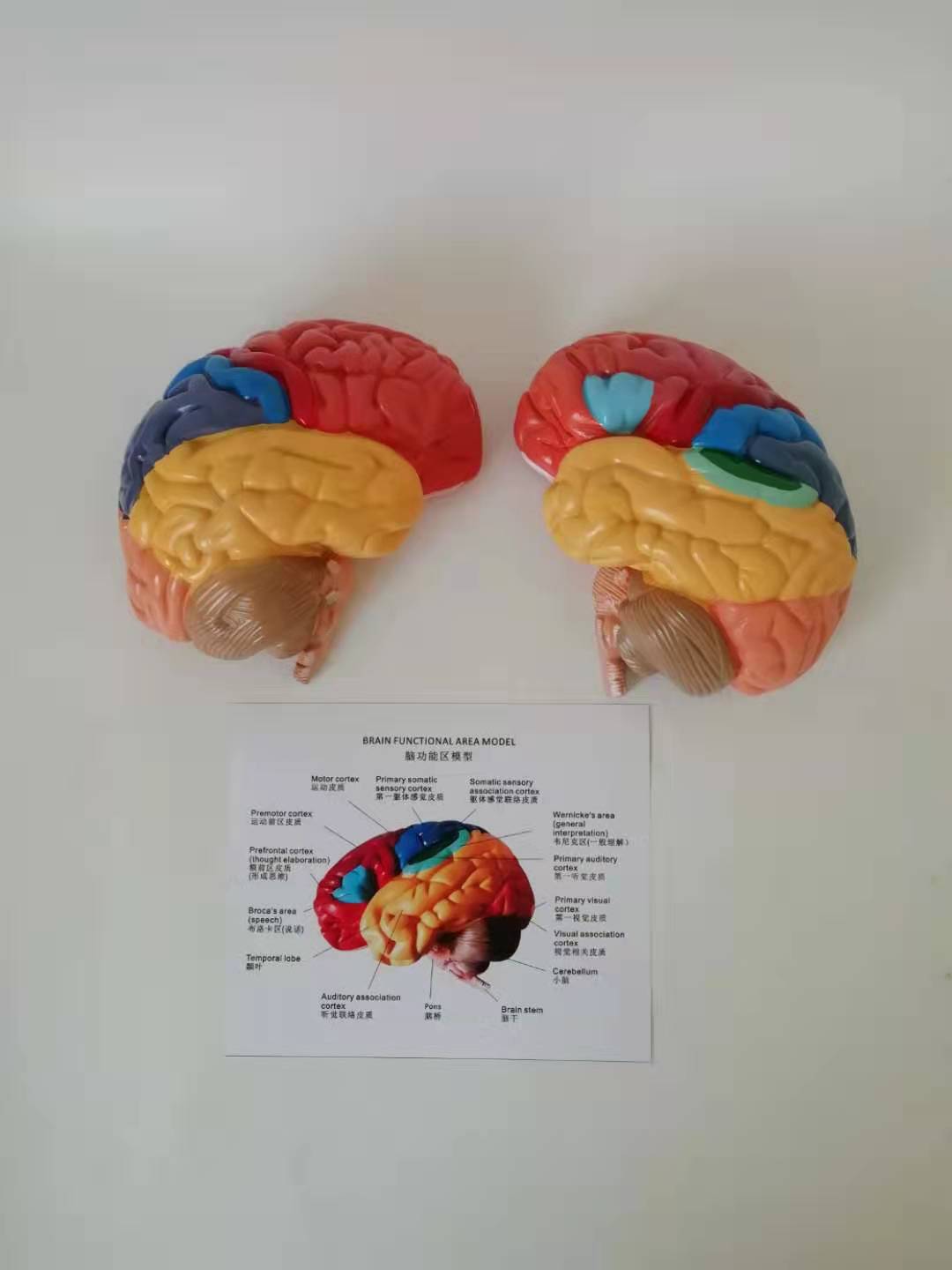

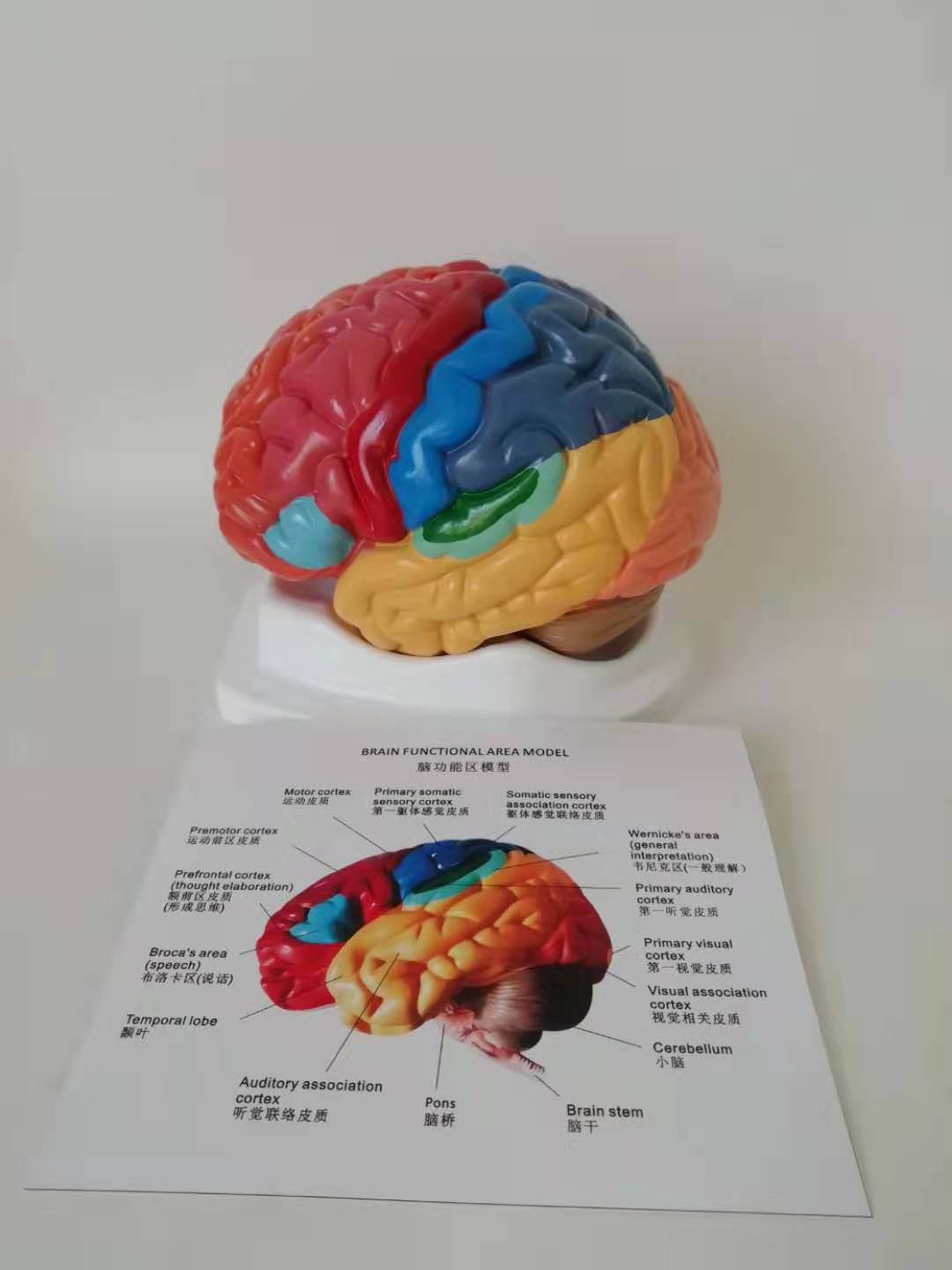
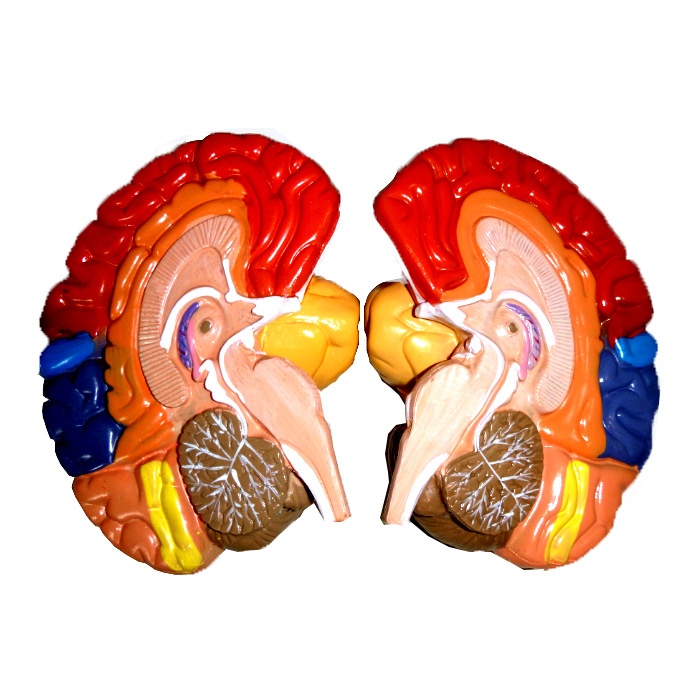

The product may be provided by a different brand of comparable quality.
The actual product may vary slightly from the image shown.
Shop amazing plants at The Node – a top destination for plant lovers


.png)












.jpg)









.jpg)





.jpeg)





.jpeg)



.jpeg)








.jpeg)



.jpeg)

.jpeg)

.jpeg)

.jpeg)




.jpeg)
.jpg)

.jpeg)






.jpeg)
.jpeg)




.jpeg)





.jpeg)


.jpeg)

.jpeg)

.jpeg)

.jpeg)







.jpeg)
.jpeg)
.jpeg)





.jpeg)



.jpeg)






.jpg)
.jpeg)









.jpg)


ulva-Logo.jpg)




.jpeg)



.png)















.png)
























